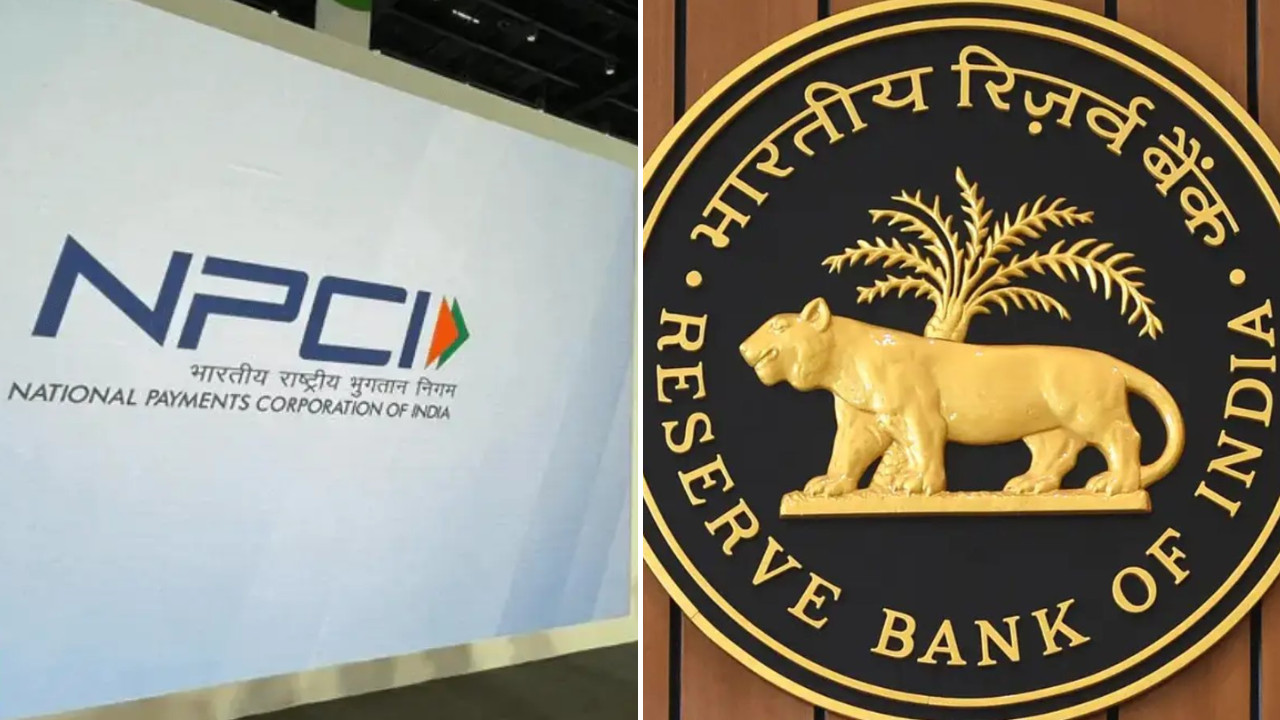Prada faces online criticism for sandals resembling Indian Kolhapuri chappals without acknowledging the artisans. Edelweiss MF CEO Radhika Gupta emphasized the importance of crediting original creators and preserving India’s textile heritage. Following backlash, Prada will meet with MACCIA on July 11 to discuss potential collaboration, including co-branded collections and skill development, aiming to recognize and benefit Kolhapuri artisans.
Kohlapuris, Cultural Appropriation, and a Call for Indian Brands to Roar
Radhika Gupta, the dynamic CEO of Edelweiss Mutual Fund, recently ignited a fascinating debate that goes far beyond just fashion. Her commentary on Prada’s appropriation of the humble Kolhapuri chappal has resonated with many who feel Indian craftsmanship is consistently undervalued on the global stage. It’s more than just a sandal; it’s about cultural ownership and the economic empowerment of artisans.
The controversy began when luxury brand Prada released a sandal strikingly similar to the traditional Kolhapuri, a handcrafted leather sandal originating from Kolhapur, India. These sandals, typically available for around ₹500 (approximately $6 USD), are deeply rooted in Indian culture and represent generations of artisanal skill. Prada’s version, however, carries a price tag of nearly ₹1 lakh (around $1200 USD).

Gupta’s critique wasn’t just about Prada. It was a passionate plea for Indian brands to step up and claim their rightful place in the global luxury market. She argued that the Kolhapuri chappal story is a microcosm of a larger issue: international brands often draw inspiration from India’s rich heritage, but rarely acknowledge or compensate the communities that originate these crafts.
“Till the lion learns to write, every story will glorify the hunter,” Gupta stated, powerfully encapsulating the imbalance of power and narrative control. Her point is clear: until Indian brands actively champion and market their own cultural treasures, the narrative will remain dominated by Western perspectives.
A Missed Opportunity for Indian Brands?
The Kolhapuri chappal controversy highlights a significant opportunity that Indian brands are perhaps missing. India boasts a treasure trove of unique crafts, textiles, and designs with centuries of history and cultural significance. These products possess inherent value that transcends mere aesthetics; they tell stories of tradition, community, and artistry.
Instead of relying solely on Western interpretations of Indian culture, Gupta suggests that Indian companies should be at the forefront of promoting and celebrating these treasures. This involves investing in the artisans, providing them with fair wages and sustainable livelihoods, and creating brands that reflect the authenticity and beauty of Indian craftsmanship.
Think about it: what if a major Indian fashion house had already established the Kolhapuri chappal as a must-have global accessory? What if they had built a brand around the story of the artisans, the unique leather-making techniques, and the cultural significance of the sandal? The narrative would be very different. The economic benefits would flow back to the communities that deserve them most. And the world would understand that authentic Kolhapuri sandals are not just a fleeting trend but a timeless piece of Indian heritage.
Protecting Cultural Heritage Through Branding
The situation with Kolhapuri sandals raises important questions about the protection of cultural heritage and the responsibility of global brands. Is it appropriation when a luxury brand reimagines a traditional craft? Or is it simply inspiration? The answer likely lies in the intent, the acknowledgment of the original source, and the economic benefits that accrue to the originating communities.
There’s no easy solution. Trademarking traditional designs can be complex and challenging. However, building strong brands that champion Indian craftsmanship is a powerful way to protect cultural heritage. By showcasing the value and authenticity of these products, Indian brands can create a global demand that benefits both the artisans and the nation as a whole. This also ties into the burgeoning ‘Make in India’ movement, highlighting the nation’s manufacturing prowess and unique artistic legacy. For a deeper dive into India’s economic potential, check out our article on [India’s evolving startup ecosystem](internal-link-to-related-article).
A Call to Action
Radhika Gupta’s comments serve as a wake-up call. The Kolhapuri chappal controversy is not just about a sandal; it’s about cultural ownership, economic empowerment, and the importance of Indian brands taking control of their narrative. It’s time for the lion to learn to write, to tell its own story, and to roar proudly on the global stage. The potential is there, the talent is there, and the cultural heritage is waiting to be celebrated.







